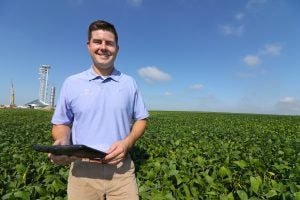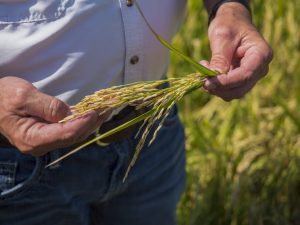This post was co-authored by Ann Hayden of Environmental Defense Fund, Katie Riley of Environmental Incentives, and John Cain of American Rivers
Over the coming decade, the state of California will spend billions of dollars to restore habitat to protect endangered species and mitigate infrastructure improvements. But many existing institutions have been stuck in a project-by-project funding model that limits their ability to leverage private capital, integrate different funding sources or even ensure their desired outcomes are achieved.
Without private capital or partnerships, good conservation projects risk getting stuck in the development and permitting stages for decades, or even stalling out indefinitely. This is particularly true for conservation of large landscapes.
Fortunately, a new approach to conserving habitat is building momentum in California that includes proponents beyond just environmentalists. The private sector is taking on more restoration projects, and state agency staff are showing a greater willingness than ever to leverage private sector partnerships and deliver results more quickly. Read More












 In early December, I flew out to Amsterdam to attend the Global Impact Investor Network (GIIN) Forum with 600 other delegates ranging from managers of pension funds and banks to individual investors from at least 30 countries.
In early December, I flew out to Amsterdam to attend the Global Impact Investor Network (GIIN) Forum with 600 other delegates ranging from managers of pension funds and banks to individual investors from at least 30 countries.
 Over the past decade, private investment in conservation has more than doubled, with sustainable forestry and agriculture investments as the main drivers of growth. This unprecedented expansion in “impact investing” or “
Over the past decade, private investment in conservation has more than doubled, with sustainable forestry and agriculture investments as the main drivers of growth. This unprecedented expansion in “impact investing” or “